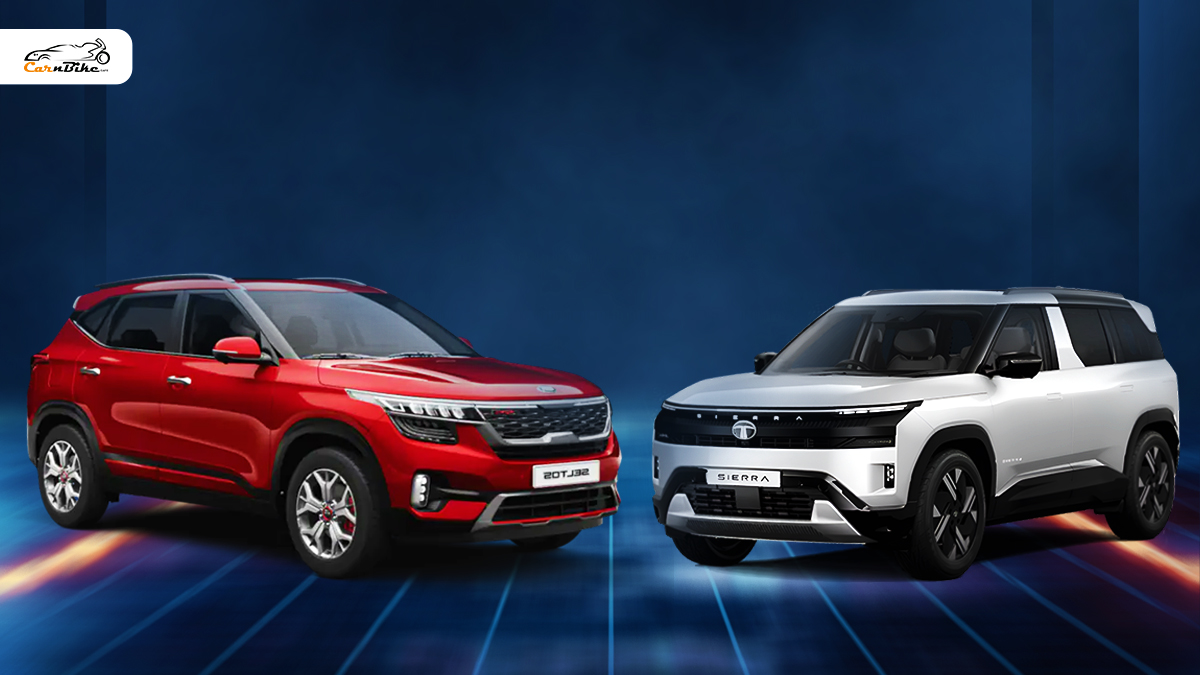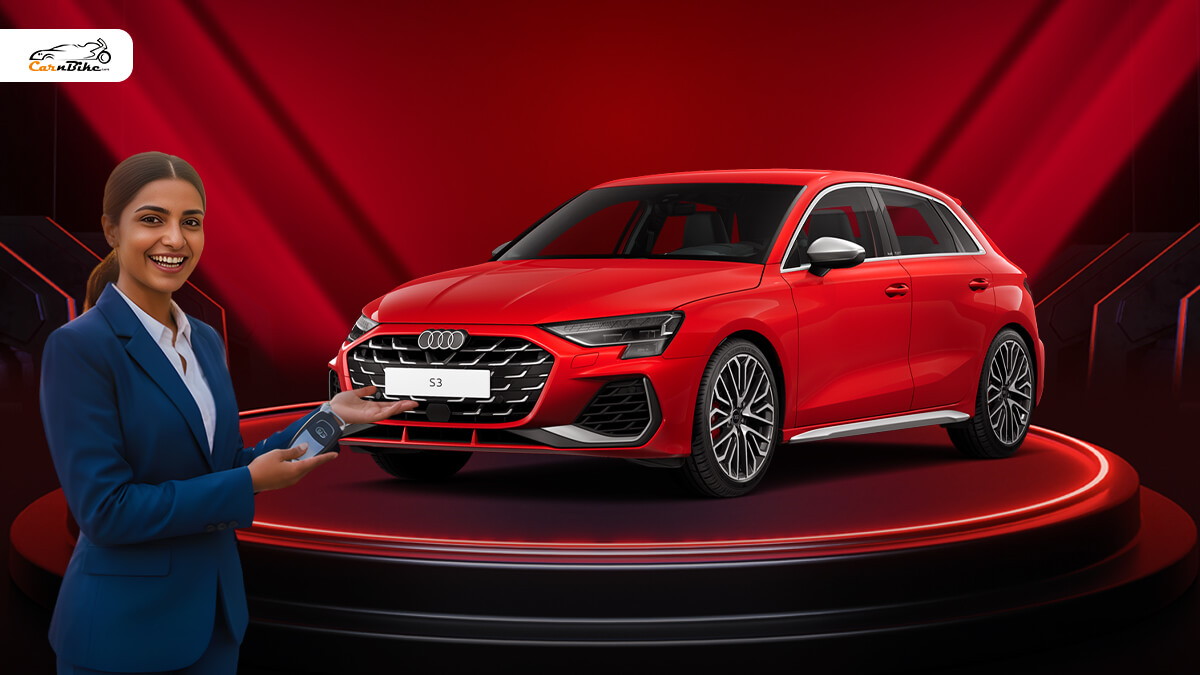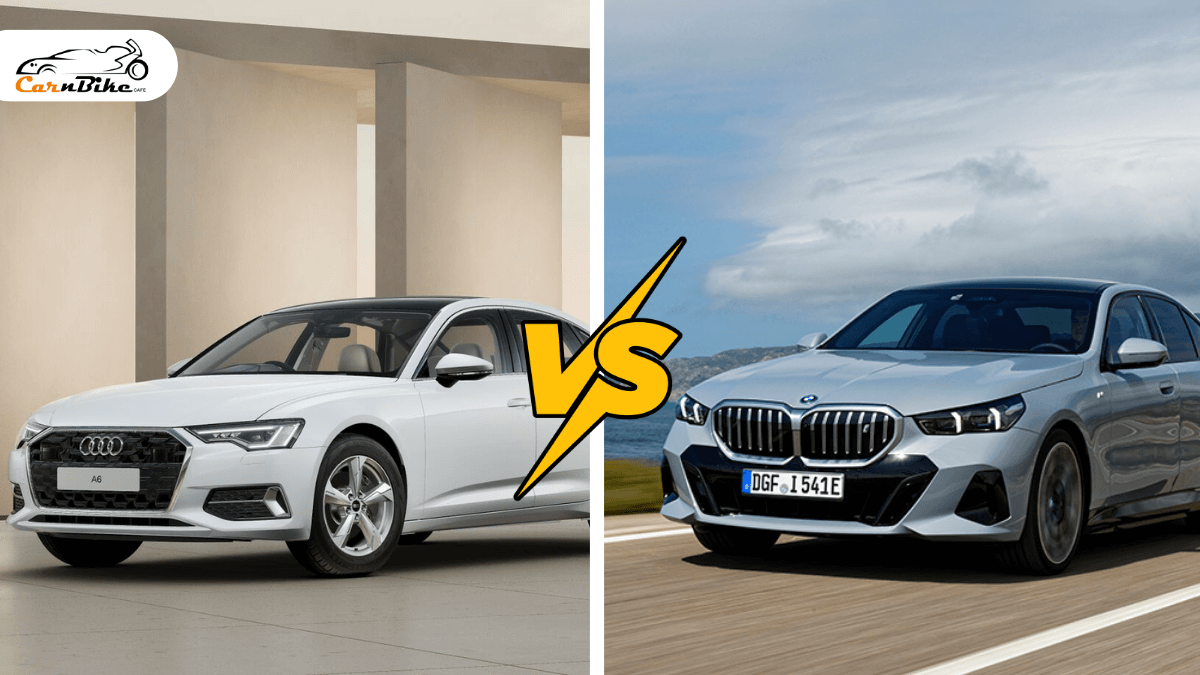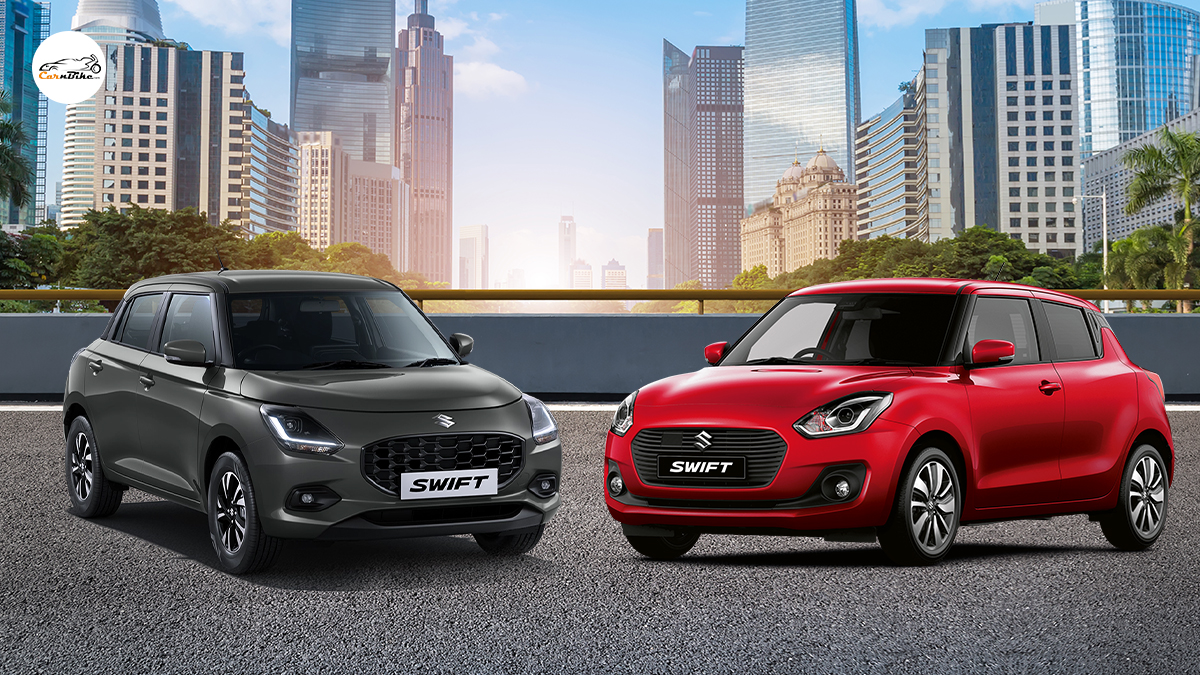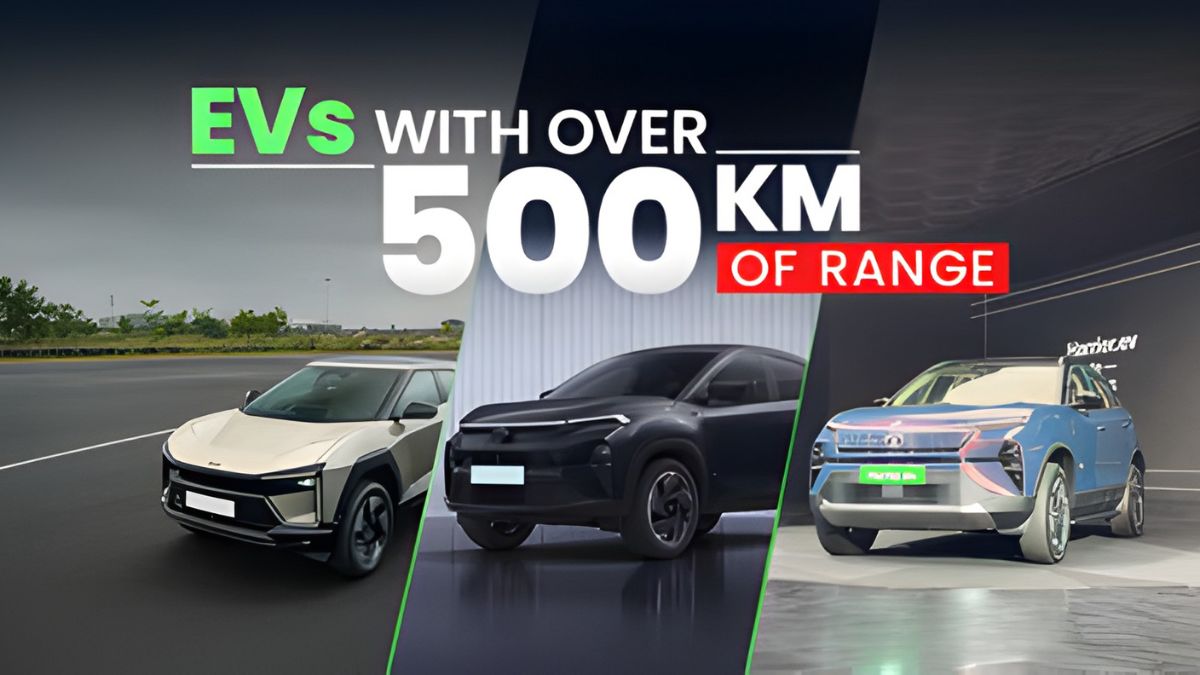Electric Two-Wheeler Registrations Drop in Karnataka
- Electric-bike
- 14 Aug, 2025
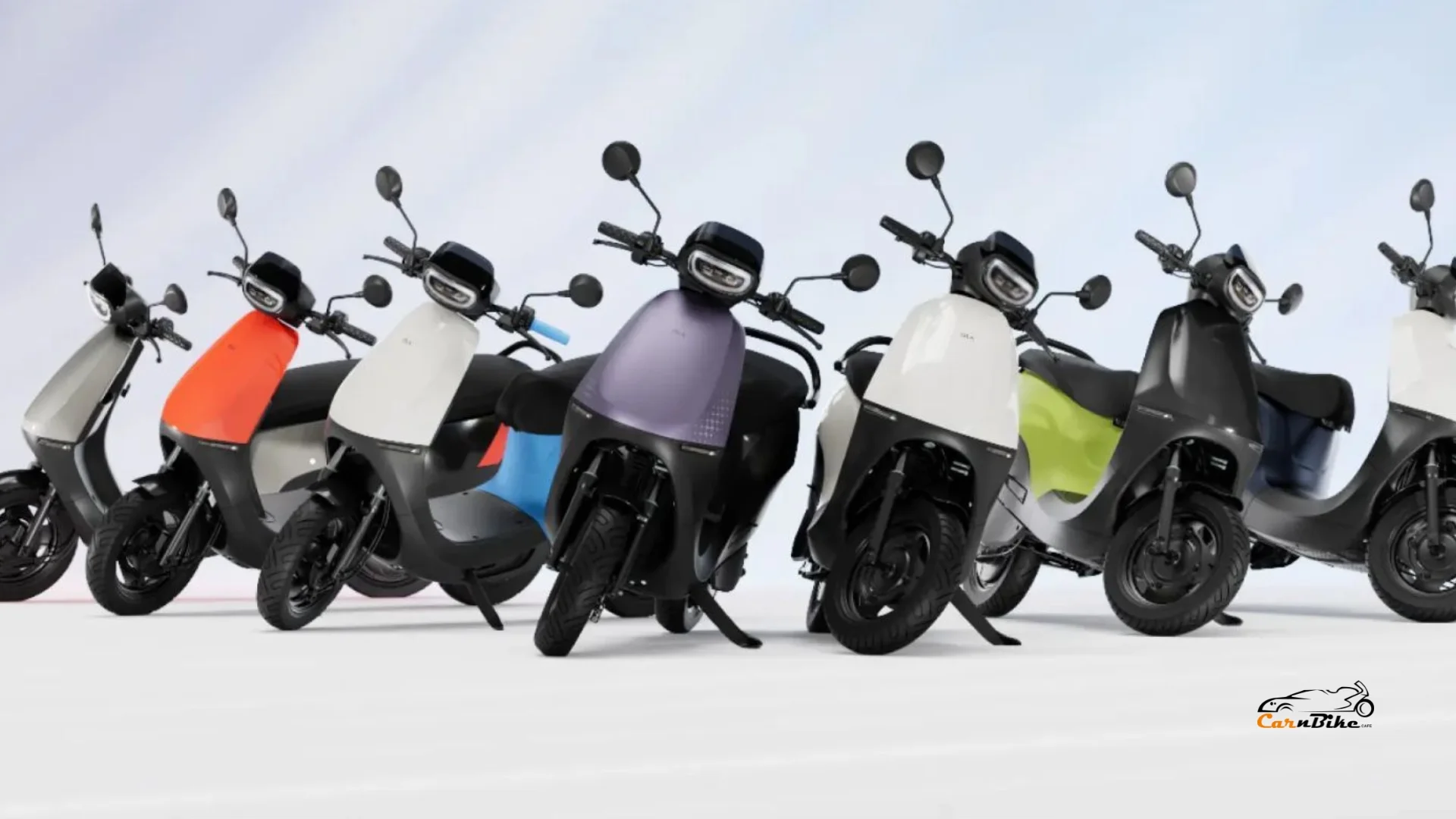
Bengaluru, August 2025 – Karnataka, once one of India’s fastest-growing markets for electric two-wheelers, has witnessed a noticeable dip in registrations over the past two months. According to recent data from the state transport department, electric scooter and bike registrations fell by nearly 18% in July 2025 compared to the same month last year.
Industry experts attribute the decline to multiple factors, including reduced subsidies, rising upfront costs, and consumer apprehension over battery replacement expenses. While electric two-wheelers like Ola S1, Ather 450X, and TVS iQube have enjoyed strong demand in recent years, the growth momentum seems to have slowed in the state.
Why the Decline?
Karnataka has been a leading EV adopter, particularly in urban hubs like Bengaluru, Mysuru, and Hubballi. However, the phasing out of state-level subsidies earlier this year has made EVs costlier by ₹10,000–₹20,000 in some cases. Combined with concerns over charging infrastructure in smaller cities, buyers are reconsidering their options.
Additionally, some consumers are now waiting for next-gen EV models with better range and faster charging, as several manufacturers have announced upcoming launches for late 2025 and 2026.
Impact on the Market
Dealerships report a shift in buyer preferences toward petrol-powered scooters and hybrids. Ola Electric and Ather, both headquartered in Bengaluru, have initiated aggressive festive-season offers to attract customers back. TVS, meanwhile, is promoting its dual-fuel strategies, offering both ICE and EV options in its product range.
Karnataka’s slowdown is in contrast to states like Maharashtra and Tamil Nadu, which have seen steady or increased EV adoption in recent months. Analysts suggest that unless policy incentives return, Karnataka’s EV market may face continued stagnation in the short term.
Government and Industry Response
The Karnataka government is reviewing ways to encourage EV adoption again. Officials are discussing battery-swapping stations, reduced road tax, and partnerships with private charging operators to expand rural access.
Ather Energy’s spokesperson commented, “While the slowdown is concerning, we believe it’s temporary. With better financing options and improved infrastructure, Karnataka can bounce back as a leader in EV adoption.”
Why Choose Electric Two-Wheelers in Karnataka?
Despite the recent dip, electric two-wheelers still offer compelling benefits:
- Lower Running Costs – EVs cost less than ₹0.30 per km compared to ₹2–₹3 for petrol scooters.
- Eco-Friendly – Reduced tailpipe emissions contribute to cleaner air in urban areas.
- Government Incentives – Even with reduced subsidies, tax benefits and registration fee waivers still apply.
- Technological Edge – Advanced features like app connectivity, GPS tracking, and fast charging make EVs modern and practical.
Conclusion
Karnataka’s electric two-wheeler market is facing a temporary slowdown due to reduced subsidies and buyer hesitancy. However, with upcoming technological improvements, better financing, and potential new government incentives, the state can quickly regain its growth momentum. Manufacturers and policymakers now have a crucial opportunity to address affordability and infrastructure concerns to keep Karnataka in the EV leadership race.
FAQs
Q1: Why have EV registrations dropped in Karnataka?
The main reasons are reduced subsidies, higher upfront costs, and limited charging infrastructure in smaller towns.
Q2: Which electric two-wheeler brands are most popular in Karnataka?
Ola Electric, Ather Energy, TVS, and Bajaj Chetak are among the top choices.
Q3: Is it still worth buying an EV in Karnataka?
Yes. Despite higher prices, EVs offer lower running costs, modern features, and eco-friendly benefits.
Q4: What can boost EV sales again in Karnataka?
Stronger incentives, better financing options, and wider charging infrastructure can reignite growth.
Latest Bike News
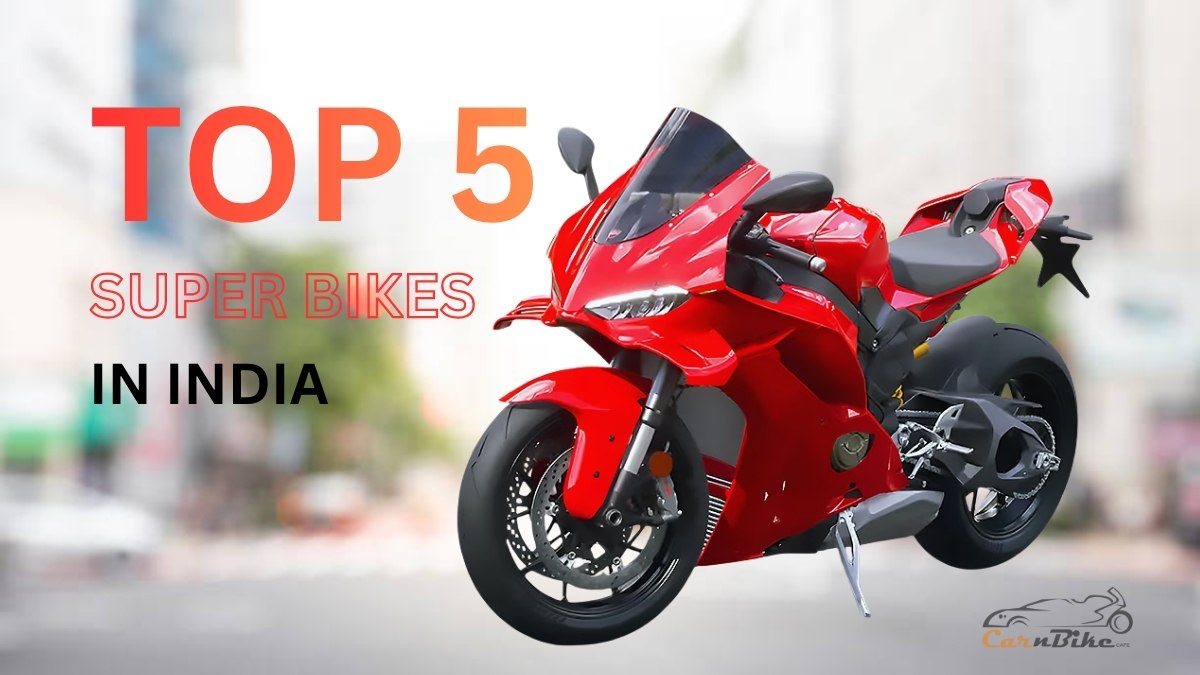
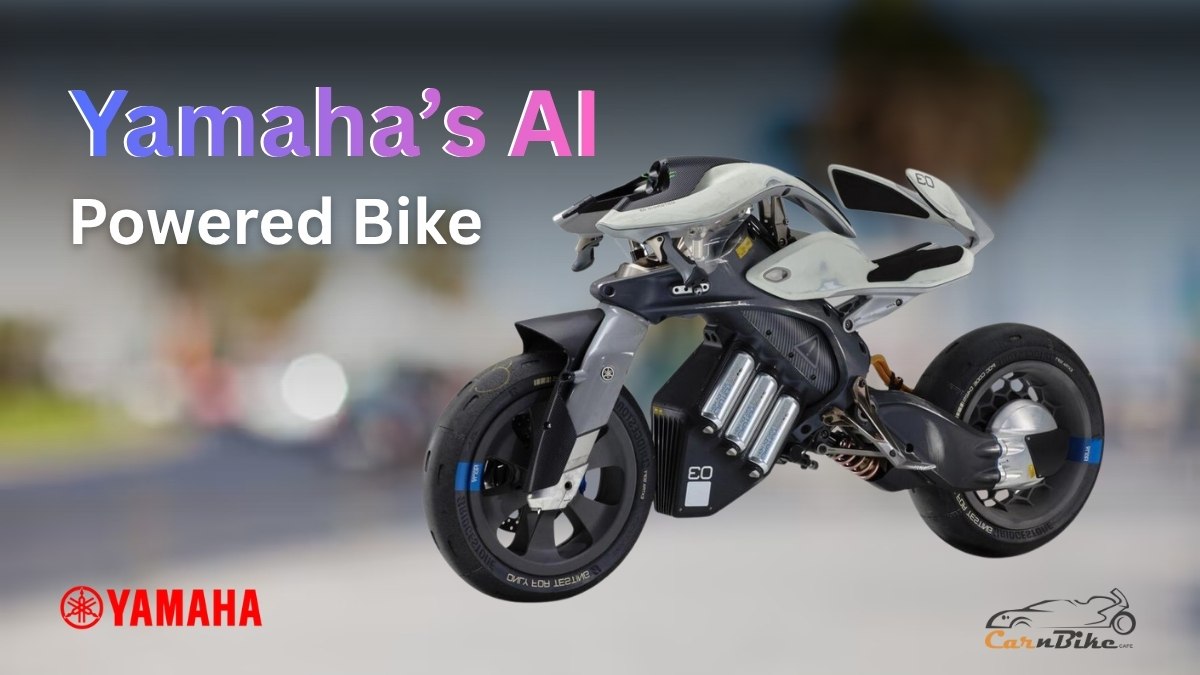
Yamaha’s AI-Powered Bike — The Machine That Learns to Ride!

TVS Raider 125 vs Hero Xtreme 125R – Which Bike Offers the Best Value for Money?
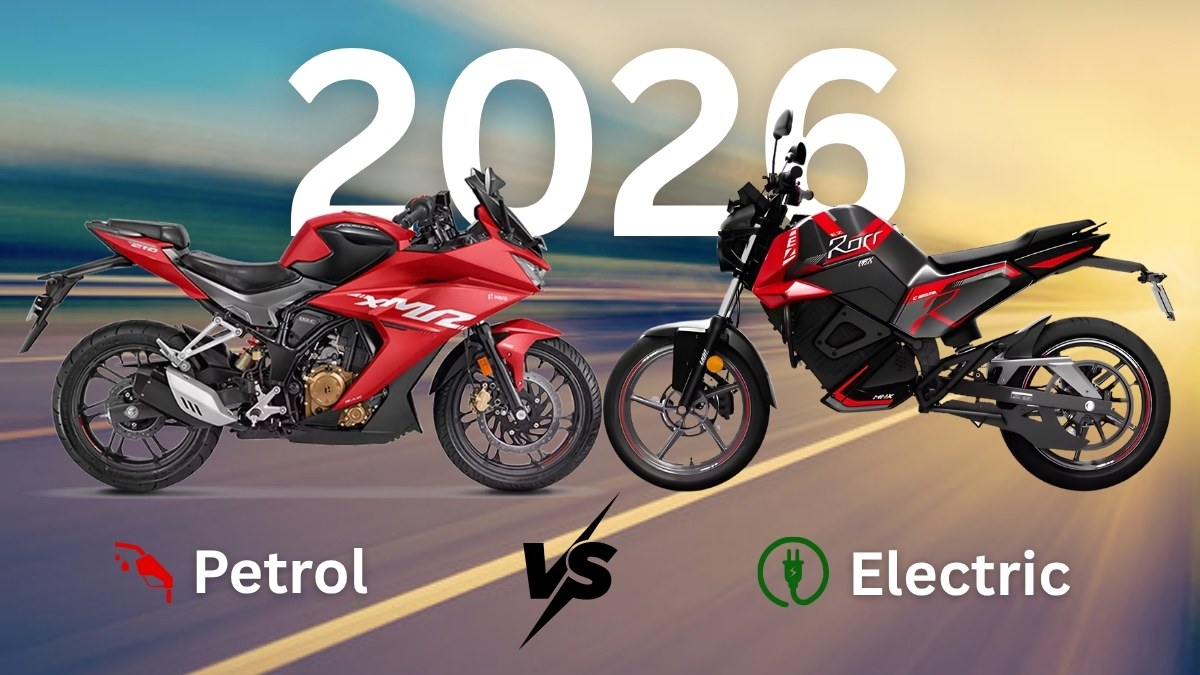
Electric vs Petrol Bike in 2026: Which One Should You Buy?
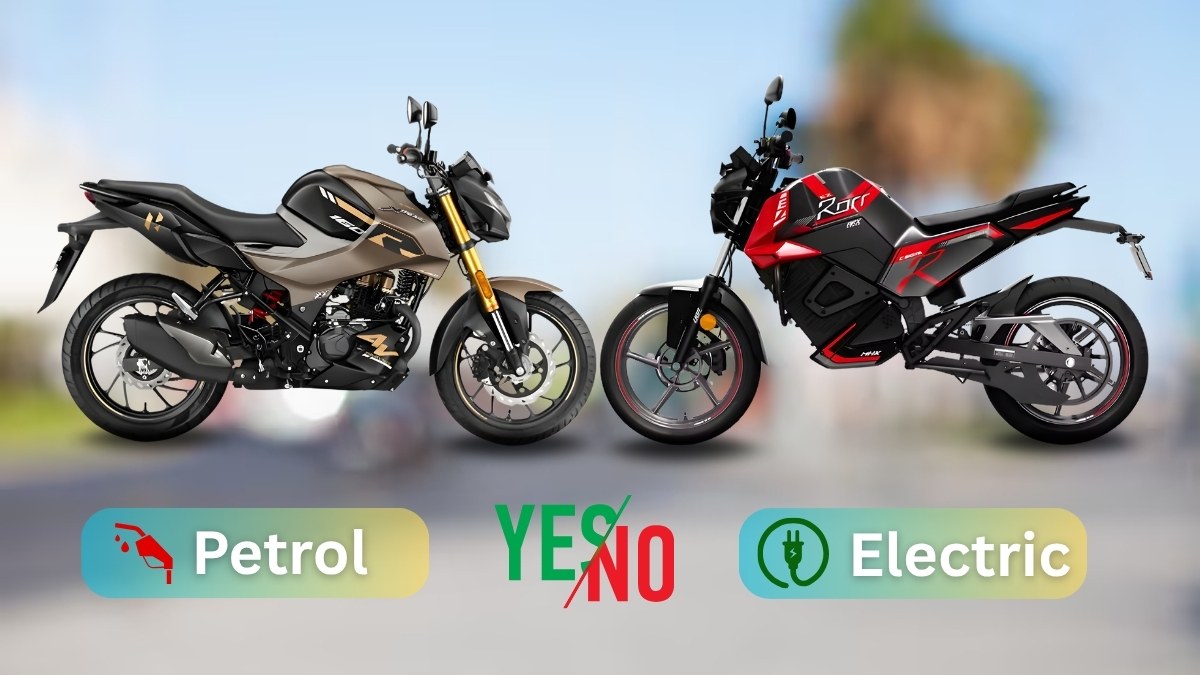
Petrol or Electric in 2026? The Truth Every Car Buyer Must Know!

Honda CB500X 2026 – India Launch Confirmed Adventure Tourer

New Traffic Rules and Helmet Safety Standards for 2026: What Every Rider Must Know

Top 10 Bikes Set to Launch in 2026 | Upcoming Models
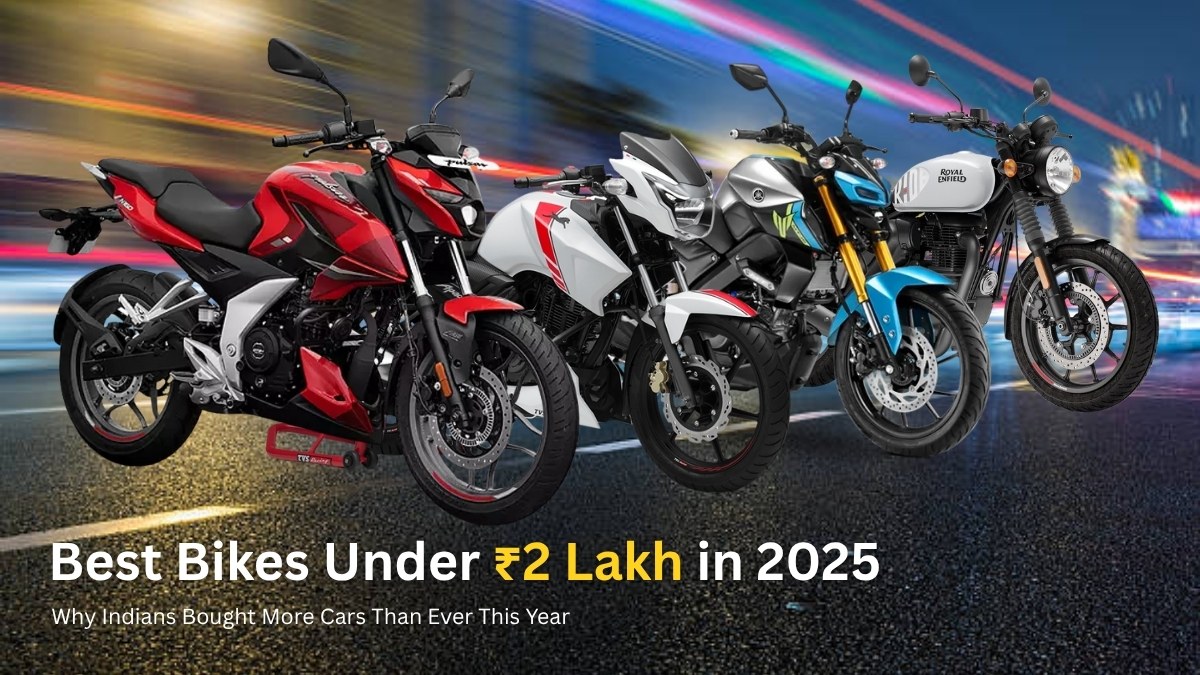
Best Bikes Under ₹2 Lakh in 2025: Performance vs Mileage Showdown
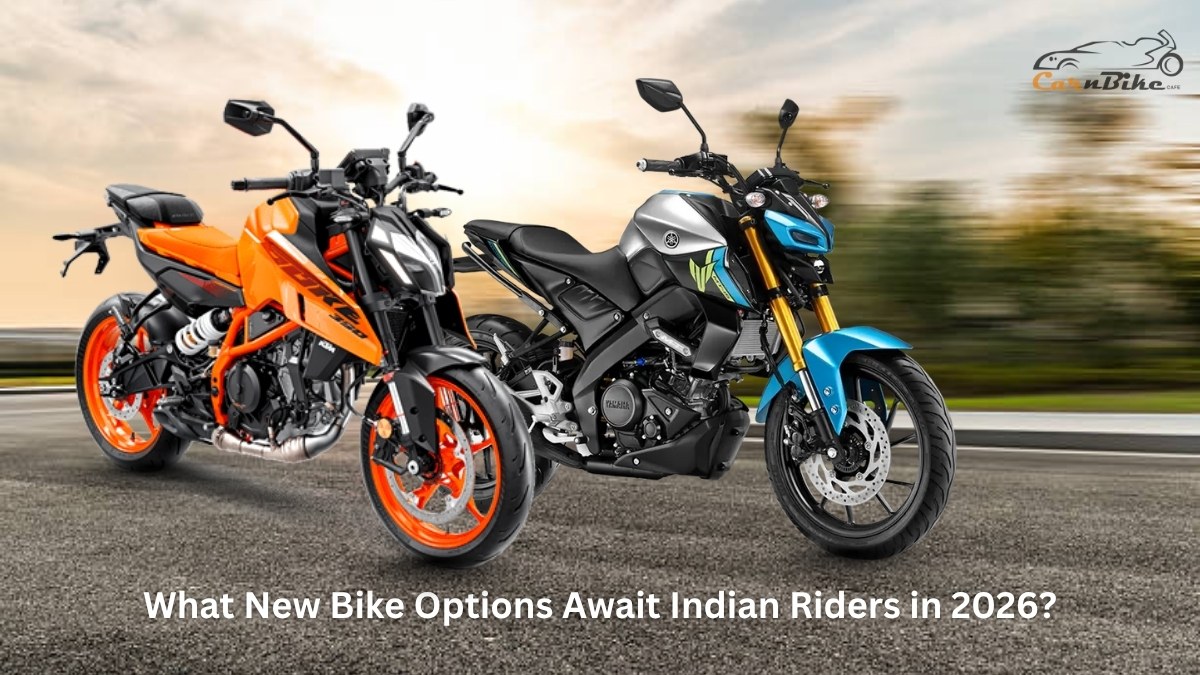
What New Bike Options Await Indian Riders in 2026?

TVS Apache RTX 300: The Affordable Adventure Bike Revolution in India?



